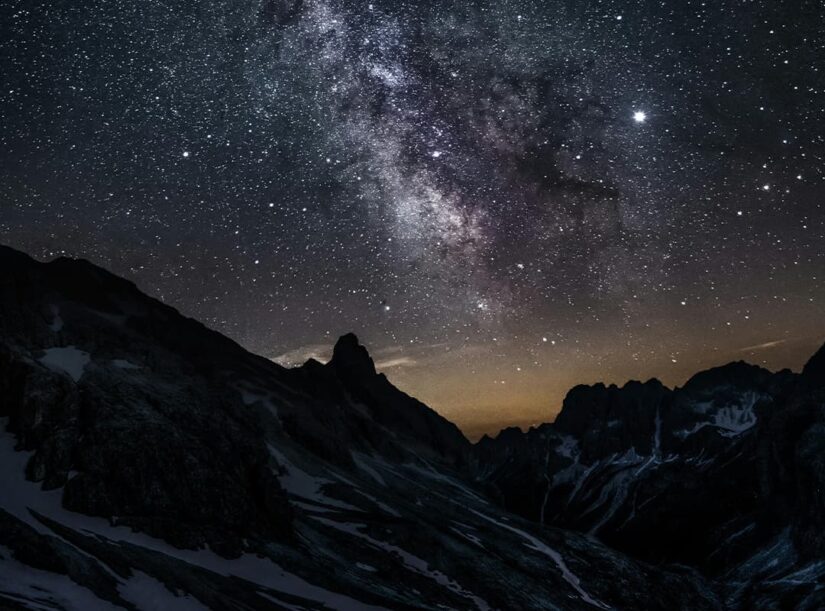Time-Lapse Photography
Among the most captivating and rewarding visual techniques in photography is the creation of a time-lapse sequence. Even for those who find video daunting, witnessing a static image come to life feels like witnessing pure magic.
How It Unfolds
Time-lapse photography involves capturing a series of individual images from a fixed location over an extended period and then playing them back at video speed. This results in a fluid, moving image, akin to what we’re accustomed to seeing in films and television shows, typically at 24 or 30 frames per second (fps). Essentially, in a 15-second time lapse at 24 fps, you would need 360 photographs (360/24=15). Specialized software can then compile these images into a video clip at the desired frame rate.
It’s important to note that time-lapse photography differs from merely speeding up a video. While the latter may achieve similar effects, time-lapse offers greater creative and technical control, retaining all the advantages of photography over videography.
Essential Equipment
Most cameras come equipped with an intervalometer, a vital tool for automatically capturing a series of shots at regular intervals. Consistency in the interval between shots is crucial for achieving smooth and seamless time-lapse sequences. Apart from adjusting camera settings, photographers require only a sturdy tripod and an intriguing subject.
Why Dive In?
Time-lapse photography empowers photographers to push the boundaries of conventional video, yielding astonishing results. For example, attempting to shoot video in low-light conditions often results in grainy, low-quality footage due to the need for faster shutter speeds. In contrast, time-lapse allows for prolonged exposure times, capturing scenes impossible to replicate with traditional video. Think of the Milky Way traversing the night sky or the gradual movement of celestial phenomena like the aurora borealis. Additionally, slow-moving subjects such as plants, weather patterns, stars, fog, and even wildfire smoke can be transformed into captivating time-lapse sequences. Embracing this technique offers a fresh perspective on the dynamic movements of our world, making it a worthwhile endeavor for any photographer.
